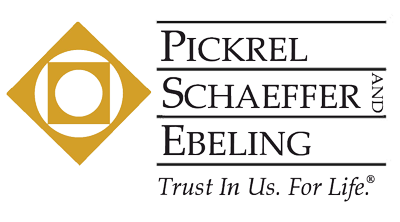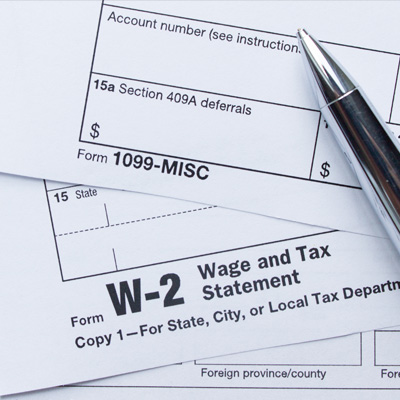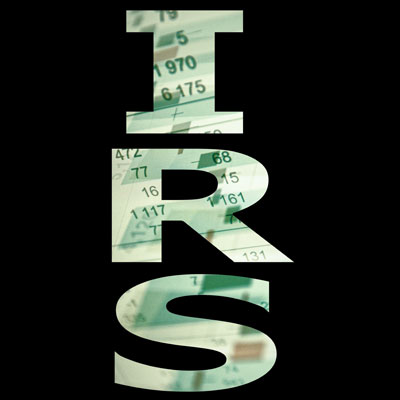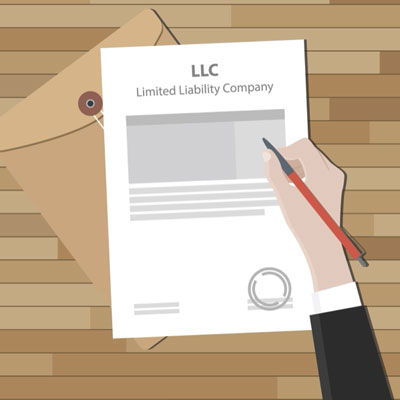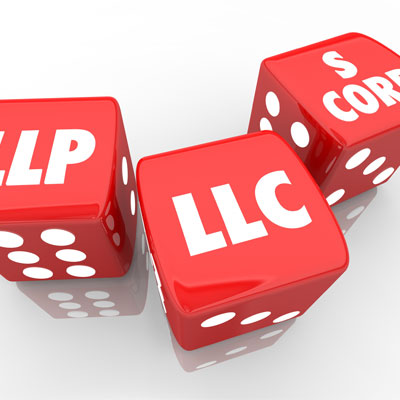2020 COVID-related Tax Relief Act (COVIDTRA) and Taxpayer Certainty and Disaster Relief Act (TCDTR)
EFFECTIVE DATE: Calendar years of 2021 and 2022 For questions about the Consolidation Appropriations Act or any other matter related to PPP loans, PPP loan forgiveness, or income taxation, please contact your Pickrel, Schaeffer and Ebeling business or tax attorney at 937-223-1130 or Jsenney@pselaw.com directly. Below are the details of the Act:
Covered Loan Forgiveness (Act Section 1102)
- A recipient of a PPP loan may use the loan proceeds to pay payroll costs, certain employee benefits relating to healthcare, interest on mortgage obligations, rent, utilities, and interest on any other existing debt obligations.
- If a PPP loan recipient uses the PPP loan to pay those costs, the recipient can have the PPP loan forgiven in an amount equal to those costs.
- PPP loan forgiveness does not give rise to taxable income, and the Internal Revenue Code (Code) generally does not allow a taxpayer to deduct expenses that are paid with tax-exempt income.
NEW LAW: COVIDTRA clarifies the language in the CARES Act to provide that taxpayers whose PPP loans are forgiven are allowed deductions for otherwise deductible expenses paid with the proceeds of a PPP loan and that the tax basis and other attributes of the borrower’s assets will not be reduced as a result of the loan forgiveness.
EFFECTIVE DATE: This provision is effective as of the date of enactment of the CARES Act.
Tax Treatment of Loan Forgiveness
- The CARES Act expanded access to Economic Injury Disaster Loans (EIDL) and established an emergency grant to allow an EIDL applicant to request a $10,000 advance on that loan. The CARES Act also provided loan repayment assistance for certain recipients of CARES Act loans.
NEW LAW: COVIDTRA clarifies that gross income does not include forgiveness of EIDL loans, emergency EIDL grants, and certain loan repayment assistance. The provision also clarifies that deductions are allowed for otherwise deductible expenses paid with the amounts not included in income and that tax basis and other attributes will not be reduced as a result of those amounts being excluded from gross income.
EFFECTIVE DATE: This provision is effective for tax years ending after March 26, 2020, date of enactment of the CARES Act.
Waiver of Certain Reporting Requirements
- Under various provisions of the Code and Treasury Regulations, a lender who discharges at least $600 of a borrower’s indebtedness is required to file a Form 1099-C “Cancellation of Debt” with IRS and to furnish a payee statement to the borrower.
NEW LAW: COVIDTRA allows the Treasury Department to waive information reporting requirements for any amount of PPP loan forgiveness excluded from taxable income, the exclusion of emergency financial aid grants from taxable income, or the exclusion of certain loan forgiveness and other business financial assistance under the CARES act from income.
Farmers’ Net Operating Losses
- Before the enactment of the CARES Act, farmers were allowed to carry back net operating losses (NOLs) to each of the two preceding years. They were also allowed to waive the carryback and carry forward the NOL.
- The CARES Act provides that NOLs arising in a tax year beginning after December 31, 2017, and before January 1, 2021, can be carried back to each of the five tax years preceding the tax year of such loss.
NEW LAW: COVIDTRA allows farmers who elected a two-year net operating loss carryback prior to the CARES Act to elect to retain that two-year carryback rather than claim the five-year carryback provided in the CARES Act. It also allows farmers who previously waived an election to carry back a net operating loss to revoke the waiver.
EFFECTIVE DATE: These provisions apply retroactively as if included in Section 2303 of the CARES Act.
Interest Rate for Life Insurance Contract Determinations (Code Section 7702)
- To qualify as life insurance contracts for tax purposes, permanent life insurance policies must meet several requirements.
- Requirements include two interest rate assumptions for determining the premiums that can be used to fund the contracts. The interest rate assumptions were set by statute at 4% and 6% when the requirements were put in place in 1984.
NEW LAW: TCDTR updates these provisions to reflect the interest rate environment that has been exacerbated by the current crisis and ensures that the rates will continue to appropriately reflect economic conditions by tying the rates to either a floating rate prescribed in the National Association of Insurance Commissioners’ Standard Valuation Law or a floating rate based on the average applicable Federal mid-term rates over a 60-month period.
EFFECTIVE DATE: These amendments apply to contracts issued after December 31, 2020.
50% Limit on Business Meal Deduction Suspended
- Taxpayers may generally deduct the ordinary and necessary food and beverage expenses associated with operating a trade or business, including meals consumed by employees on work travel. The deduction is generally limited under Code section 274(n)(1) to 50% of the otherwise allowable amount.
- Code section 274(n)(2) provides certain exceptions to this 50% limit. However, under prior to the CAA, there was no exception for meals provided by a restaurant.
NEW LAW: Under CAA, the 50% limit won’t apply to expenses for food or beverages provided by a restaurant that are paid or incurred after December 31, 2020, and before January 1, 2023.
Depreciation of Residential Rental Property
- The Tax Cuts and Jobs Act (TCJA) allowed real property trade or businesses to elect out of the business interest deduction limitations of Code section 168(j).
- In return however, the electing taxpayer had to, for tax years beginning after December 31, 2017, treat the elected-for nonresidential real property, qualified improvement property, and residential rental property as subject to the alternative depreciation system (ADS).
- The TCJA also changed the ADS recovery period for residential rental property from 40 to 30 years for property placed in service after December 31, 2017.
NEW LAW: For tax years beginning after December 31, 2017, the CAA assigns a 30- year ADS depreciation period to residential rental property even though it was placed in service before January 1, 2018 if: (1) the property is held by an electing real property trade or business; and (2) before January 1, 2018, the property was not subject to the ADS.
Low-Income Housing Tax Credit Rate (Code Section 42)
- The amount of the annual, low-income housing credit (LIHTC) is generally a percentage prescribed by IRS intended to result in a credit, in the aggregate over the 10-year credit period, of a present value of 70% of the qualified basis for certain new buildings and 30% of the qualified basis for certain other buildings. But there is a 9% per year floor on the credit for new buildings that aren’t federally subsidized.
NEW LAW: The Act provides a 4% per year credit floor for buildings that aren’t eligible for the 9% credit floor.
EFFECTIVE DATE: The provision applies to buildings placed in service after December 31, 2020 if: (1) the building received an allocation of housing credit dollar amount after December 31, 2010; and (2) if any portion of the building is financed with tax-exempt obligations described in Code section 42(h)(4), the obligation is issued after December 31, 2020.
